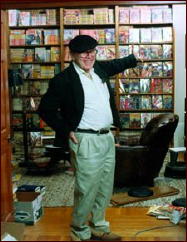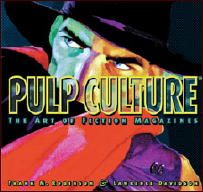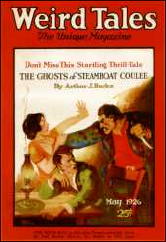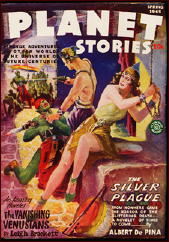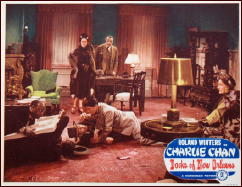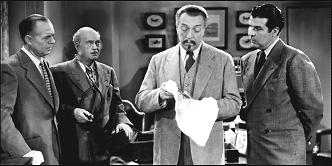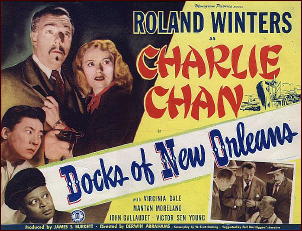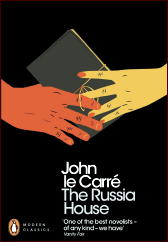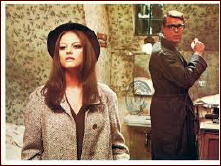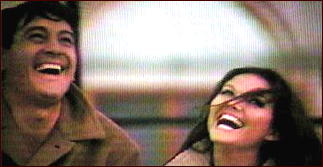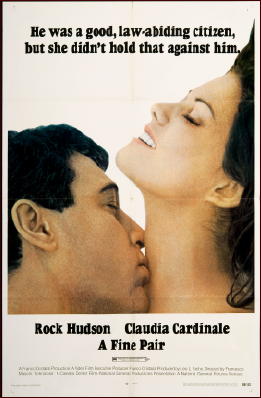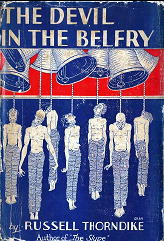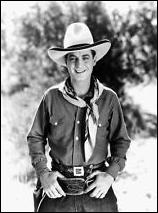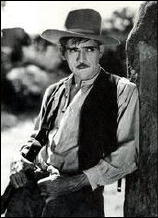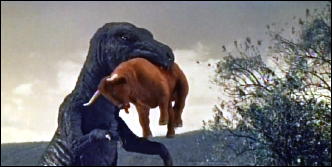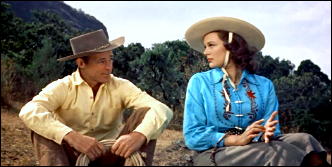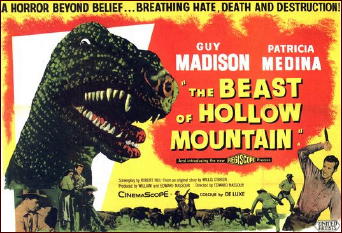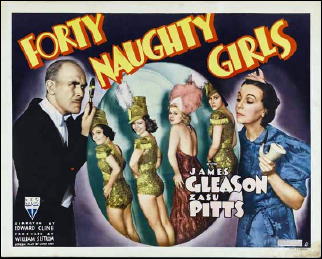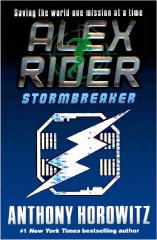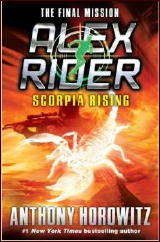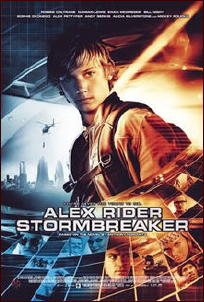Tue 1 Jul 2014
COLLECTING PULPS: A Memoir, Part 11, by WALKER MARTIN: Frank Robinson, 1926-2014.
Posted by Steve under Collecting , Columns , Pulp Fiction[26] Comments
Frank Robinson, 1926-2014
by Walker Martin
I’ve just learned that Frank Robinson died on June 30, 2014. Another of my old pulp friends that I will miss and one less of the collectors who used to actually buy the pulps off the newsstands in the thirties and forties. Frank was born in 1926 and was 87 years old at the time of his death.
Frank wore many hats, and I’m not talking about the hat that he always wore. He was an SF author, a writer of mainstream action fiction, an editor for the men’s magazines such as ROGUE, CAVALIER, PLAYBOY, a speechwriter for Harvey Milk, who was shot and killed in the 1980’s, a member of the San Francisco gay community, and finally at the end of his life, a movie actor. (He had a bit part playing himself in the movie, MILK.)
However, though I was aware of all the above, I knew him only as one of the most intense and fanatical pulp magazine collectors that I have ever known. He was a “condition collector” and probably the top such collector among pulp collectors. Frank just didn’t collect nice condition pulps; he collected magazines that were often in perfect condition with white pages and glossy, new looking covers and spines. This is getting harder and harder to do because the pulp era is now many decades in the past, the last ones dying in 1955. (There are a couple of exceptions such as RANCH ROMANCES.) Some of the beautiful magazines that Frank collected are now close to a hundred years old.
I first came into contact with Frank in the early 1980’s when he wrote me about some of his wants. We corresponded for many years and traded pulps back and forth. Not an easy thing to do because Frank only wanted perfection. He had what other collectors called “the wall of pulps” and they were all in fine or mint condition. His SF magazines were probably the best condition set in existence and his WEIRD TALES were a thing of beauty.
During our correspondence, it was only natural that the subject of Pulpcon would arise. I urged him to attend the annual convention which was usually held in the Dayton, Ohio area. He eventually went to many of the conventions in the 1980’s and 1990’s and was finally awarded Pulpcon’s highest honor, the Lamont Award, at Pulpcon 29 in 2000.
When I think back on our many conversations at Pulpcon, I cannot recall a single non-pulp related discussion. All we ever talked about were book and pulp matters. Wait — I do remember once showing him an original pen and ink illustration from a SF magazine that was used on one of his stories, but that was just about as far afield as we ever strayed.
And that was how I liked it. Pulpcon was like a big book and pulp party, as if you had died and had gone to heaven. No families, no problems, forget your worries and just dive right into a gigantic room full of old magazines and books. I once had a friend who carried on an affair with a motel maid during the convention. When he told me about it, I was puzzled. Why, was my response. Sex could be pursued the other 51 weeks of the year. Why bother during Pulpcon?
Frank felt the same way. Usually he could be found sitting behind a table comparing pulps and upgrading his magazine collection. You couldn’t miss him with his trademark golf cap and sonorous, deep voice. Pulpcon once had a guest that had worked at Ziff Davis as Frank had back in the forties and when he heard The Voice, he immediately knew who it was and yelled, “Why it’s that kid from the mailroom!”. He didn’t recognize the face but you could never forget Frank’s voice.
Great collectors compile great collections not just by buying them but also by helping other collectors. I’ve run into this a hundred times with old-time collectors over the years. Here are some examples where Frank attempted to help me with my collection:
1. During our correspondence, Frank asked me for my want list. At the time I was collecting just about every major pulp title except for the love, sport, and aviation/war magazines. Therefore it was several pages long and handwritten. He found several of my wants and we traded back and forth. A couple months later, I received in the mail a neatly typed manuscript. It was my handwritten want list that Frank had typed and without errors. It must have taken him hours to do it.
2. Upon hearing that I had 112 SEA STORIES and only needed 6 issues for a complete set, he said he was willing to let me have his issues if he had the ones I needed.
3. I was once talking about how I had various parts of the famous October 1912 Tarzan issue of ALL STORY but I was missing some pages. He offered to try and put together a complete issue if he could manage it.
4. Since that didn’t work out, once Frank was at an auction on the east coast, and called me at work. He wanted to know how high I was willing to bid on the Tarzan issue and he would bid and get it for me. Unfortunately I was only prepared to go as high as $5,000 and someone else got it. But this is another beyond the call of duty or friendship action.
As Frank got older, I guess he finally reached the point that we all eventually get to. He decided to find another home for his great collection. One of the great magazine auctions of several decades was held by Adventure House a couple years ago. It was simply called The Frank Robinson Collection auction and of course all serious collectors started to squirrel away money, borrow and rob the family bank accounts, lie to their non-collecting spouses, and otherwise act in ways that would be frowned on in polite society.
I knew that most of the Robinson collection would be beyond my means because of the premium that we put on nice condition pulps. Fortunately I had most of the magazines already in lesser shape. But I did want something from the Frank Robinson Collection for my own collection and in memory of our friendship. I was fortunate to get several WESTERN STORY MAGAZINE issues from the early twenties in beautiful condition. But even these white paper artifacts cost me a lot more that I had thought they would. Each issue cost me over $100. A friend of mine got caught up in a bidding war and paid over $900 for a magazine that was worth less than a hundred.
So I knew I was in dangerous territory. For instance the WEIRD TALES set went for over a quarter of a million dollars. But as all collectors know, you can always get more money, but rare books and pulps are not so easy to find. All collectors make mistakes. One of mine was selling my set of the 71 issues of PLANET STORIES for a thousand dollars several years ago. True, my set was not that great condition but I missed the garish, good girl art covers and the space opera. The letter columns were of great interest and fun to read.
I decided to get the PLANET STORIES set at the Robinson auction. I knew they would go high, maybe cost more money than I would want to spend. I had sold my beat-up set for peanuts, which came to $15 each. What would the best condition set in the world go for? I knew the copies were perfect, white pages, bright, newsstand fresh covers and spines and that new pulp smell. They were new, 60 to 70 years after being printed!
Even at $100 each the set would cost $7100 and I knew such condition would force the bidders to go higher that $100 each. It sure did but after the dust settled, I was the proud owner of the greatest set of PLANET STORIES in existence. Not just in the world but in existence! If you are a serious book or magazine collector, then you know this feeling. At first I figured I paid too much, but maybe not because I soon was offered my money back plus a set of PLANET STORIES in nice shape if I would sell the Robinson copies. I refused of course.
Shortly after the above events, I went to the Windy City pulp show in Chicago. Doug Ellis had invited a few art and pulp collectors out to his house for lunch before the start of the convention. I was wandering through looking at the pulp art when I heard the sound of snoring on a couch in the basement. I went over and there was Frank Robinson laying flat on his back, sleeping. With his hat on! I stress the hat because Frank always had the golf hat on and even swam with it on according to reports. Well, now I knew that he even slept with the hat on.
I didn’t say anything, but in a daze I went upstairs and said to Deb and Doug, “What’s cooler that having pulps from the Frank Robinson Auction?” “Having Frank himself as part of your collection!” Well of course he was just visiting, and I went back downstairs and looked at him again. This time he woke and without a second’s hesitation, said “Hi Walker” and proceeded to talk about pulps. I told him I had a special stamp and ink pad made and I was going to stamp each issue of PLANET STORIES on the cover and contents page the following statement: FROM THE FRANK ROBINSON COLLECTION.
Of course I would be crazy to do that but I have been called crazy before. The magazines are so perfect that I’m afraid to handle them and I certainly can’t read them without degrading the condition. However, I solved my problem by buying back my beat up set that I had sold for $1,000 a dozen years ago. This time it cost me $1,700 to get them back. Now I have two sets of PLANET, one to read and one as a shrine to the memory of Frank.
My last conversation with Frank was a couple years ago. I was looking at some WEIRD TALES that looked perfect and were up for auction. I heard that distinctive voice say, “Hey Walker, look at the paper inside.” I did and it was browned and brittle. We grinned at each other.
RIP Frank.

